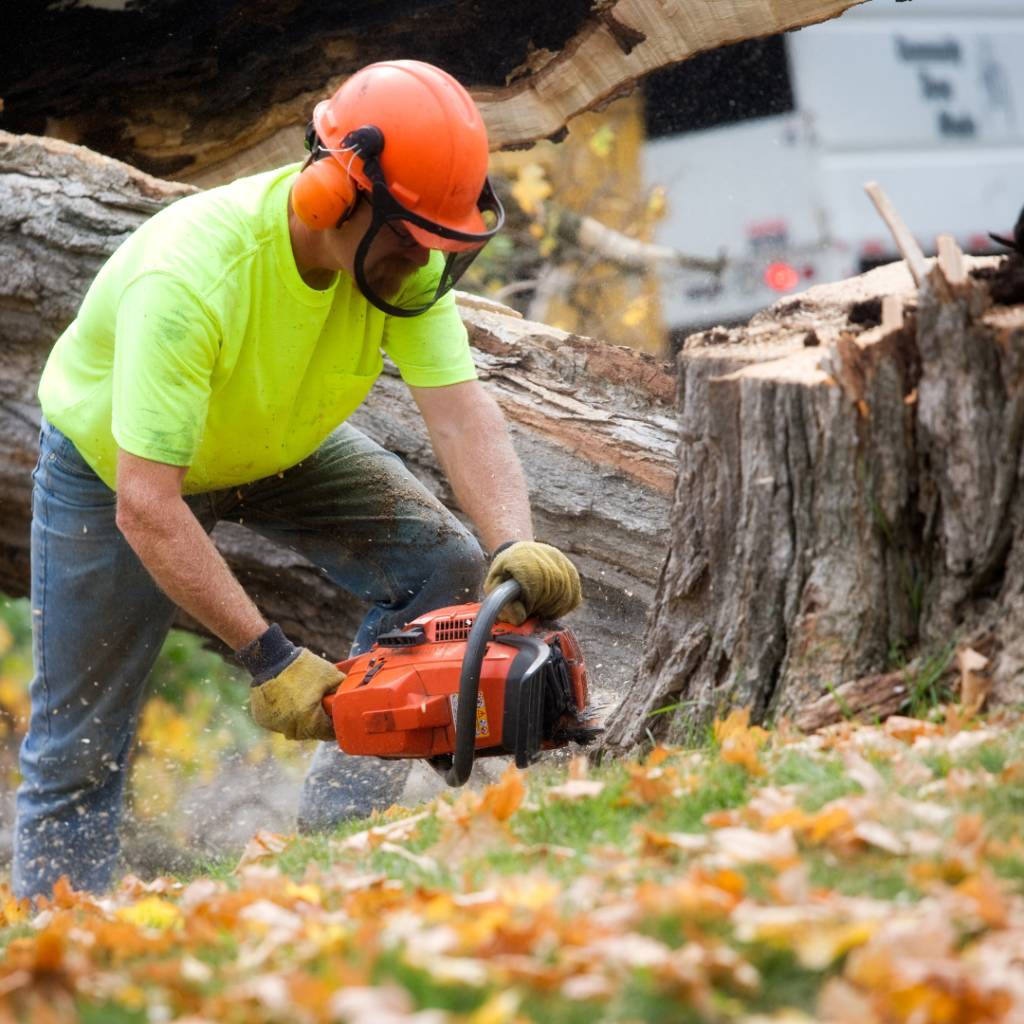Pruning trees might seem like a straightforward task, but it’s more nuanced than many realize. Done correctly, pruning can enhance a tree’s health, appearance, and longevity. However, improper pruning can lead to irreversible damage, compromising the tree’s structural integrity and aesthetics. In this guide, we’ll explore five common tree pruning mistakes that you should steer clear of to ensure the vitality and beauty of your trees. From improper timing to over-pruning, each mistake has the potential to harm your trees in distinct ways. By understanding these pitfalls and learning how to avoid them, you can become a more adept steward of your arboreal landscape. Whether you’re a seasoned gardener or just beginning to delve into tree care, mastering the art of pruning is essential for fostering healthy, resilient trees that thrive for years to come.
The Overzealous Trim: A Cautionary Tale in Tree Pruning
In the world of tree pruning, enthusiasm can quickly turn into overzealousness, leading to unintended consequences for your precious greenery. While it’s admirable to want to maintain tidy and healthy trees, excessive trimming can do more harm than good. Let’s delve into the pitfalls of the overzealous trim and explore how to strike the right balance for optimal tree care.

The Temptation of Too Much
It’s easy to get carried away with the pruning shears, especially when you’re eager to shape your trees just the way you envision. However, excessive trimming can weaken the tree’s structure, making it more susceptible to disease, pest infestations, and even storm damage. Remember, less is often more when it comes to pruning.
Understanding Tree Growth
Before diving into a pruning frenzy, take a moment to understand how trees grow and respond to pruning. Every snip impacts the tree’s growth pattern and overall health. By knowing which branches to trim and how much to remove, you can help your tree thrive instead of inadvertently stunting its growth.
The Importance of Strategic Pruning
Rather than randomly hacking away at branches, strategic pruning involves careful consideration of each cut. Focus on removing dead, diseased, or crossing branches that could harm the tree’s integrity. By targeting specific areas for pruning, you can promote better air circulation, sunlight penetration, and overall tree health.
Signs of Over-Pruning
How do you know if you’ve gone too far with your pruning efforts? Look for signs such as excessive thinning of the canopy, an uneven or imbalanced appearance, and slow or stunted growth. If you notice these red flags, it’s time to reassess your pruning strategy and give your tree a chance to recover.
Patience is Key
Rome wasn’t pruned in a day, and neither should your trees be. Avoid the temptation to rush through the pruning process in one go. Instead, take your time and spread out the pruning sessions over multiple seasons. This allows the tree to recover between trimmings and minimizes the stress caused by drastic pruning all at once.
Timing is Everything: The Art of Pruning at the Right Time
When it comes to tree pruning, timing plays a crucial role in ensuring the health and vitality of your green companions. Pruning at the wrong time of year can leave your trees vulnerable to stress, disease, and diminished growth. Understanding the seasonal rhythms of tree growth and dormancy is essential for making informed pruning decisions. Join us as we explore the importance of timing in tree pruning and discover the optimal seasons for nurturing your arboreal friends.
The Seasons of Pruning
Trees go through distinct stages of growth throughout the year, from active growth in spring and summer to dormancy in fall and winter. Each season offers unique opportunities for pruning, depending on the specific needs of your trees. Understanding the seasonal cues for pruning will help you make the most of each pruning session.
Spring: A Time for Renewal
As temperatures rise and buds begin to bloom, spring emerges as an ideal time for pruning many tree species. During this season of renewal, pruning can stimulate growth, shape the tree’s structure, and remove any winter damage. However, be cautious not to prune too late in spring, as it may interfere with the tree’s ability to heal and defend against pests and diseases.
Summer: Taming Growth and Managing Canopy
While spring is the peak season for pruning, summer offers opportunities for fine-tuning and maintaining the tree’s shape and size. Focus on removing water sprouts, suckers, and overly vigorous growth to promote better air circulation and light penetration within the canopy. Summer pruning can also help mitigate the risk of storm damage by reducing the weight of overgrown branches.
Fall: Preparing for Dormancy
As temperatures cool and daylight hours shorten, trees transition into dormancy in preparation for winter. Fall pruning is ideal for addressing structural issues, such as crossing or rubbing branches, and removing dead or diseased wood. However, avoid heavy pruning late in fall, as it may leave fresh wounds vulnerable to frost damage and delay the tree’s dormancy process.
Winter: Dormant Pruning for Optimal Healing
During the dormant season, typically from late fall to early spring, trees are less active and more resilient to pruning stress. Winter pruning offers several benefits, including improved visibility of the tree’s structure, reduced risk of disease transmission, and faster healing of pruning wounds. Take advantage of the dormant season to tackle larger pruning tasks and prepare your trees for a healthy spring growth spurt.
Ignoring Proper Tools and Techniques: Risks in Tree Pruning
Pruning trees without the right tools and techniques is like trying to paint a masterpiece with a broken brush. It may seem manageable, but the results can be disastrous. Ignoring proper pruning practices not only jeopardizes the health of your trees but also puts your safety at risk.
- Tool Selection: Choosing the right tools for the job is essential for efficient and safe pruning. Invest in high-quality pruning shears, loppers, and saws designed for the specific size and type of branches you’ll be cutting.
- Tool Maintenance: Keep your pruning tools clean, sharp, and properly lubricated to ensure smooth cuts and minimize stress on the tree. Regularly inspect your tools for signs of damage or wear and replace any worn-out parts promptly.
- Proper Cutting Techniques: Learn and practice proper cutting techniques to minimize damage to the tree and promote faster healing. Make clean, angled cuts just outside the branch collar to encourage proper wound closure and reduce the risk of disease entry.
- Branch Assessment: Before making any cuts, carefully assess the branch structure and health of the tree. Identify dead, diseased, or crossing branches that need to be removed to improve the tree’s overall health and appearance.
Conclusion
Proper tree pruning is essential for the health and aesthetics of your trees. By avoiding common mistakes such as over-pruning, topping, improper timing, neglecting to use sharp tools, and ignoring safety precautions, you can ensure that your trees thrive for years to come. Remember, tree pruning is both an art and a science, requiring knowledge, skill, and patience. By educating yourself about the best practices and seeking professional assistance when needed, you can maintain the beauty and vitality of your trees while promoting their long-term health.If you need expert tree pruning services in Ocala, FL, don’t hesitate to contact Tree Service Legends. Our team of skilled arborists is dedicated to providing top-notch tree care services, including pruning, trimming, and removal. Call us at (352) 558-2348 to schedule a consultation and keep your trees in the best shape possible.
